Dice Snake (Natrix tessellata)
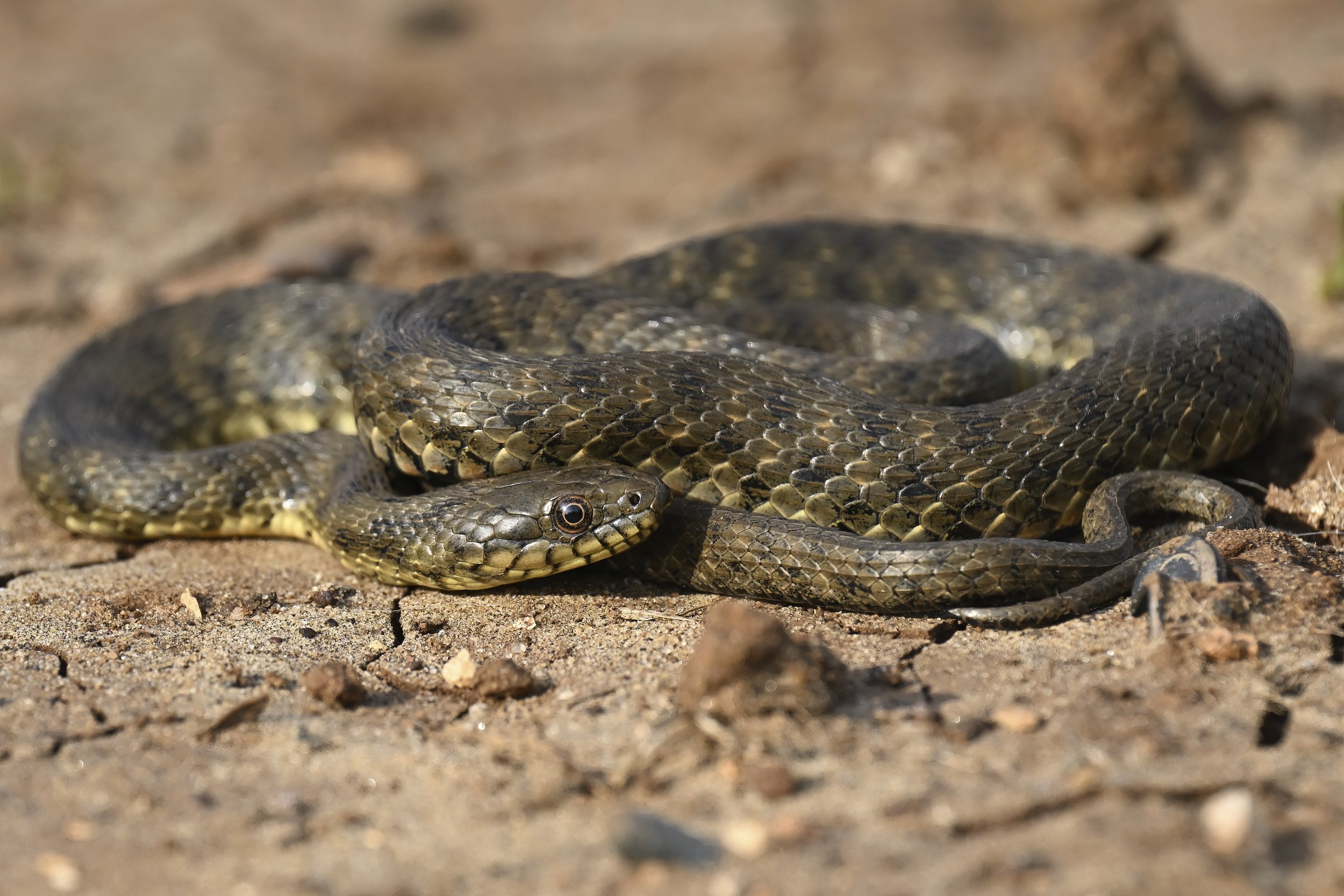
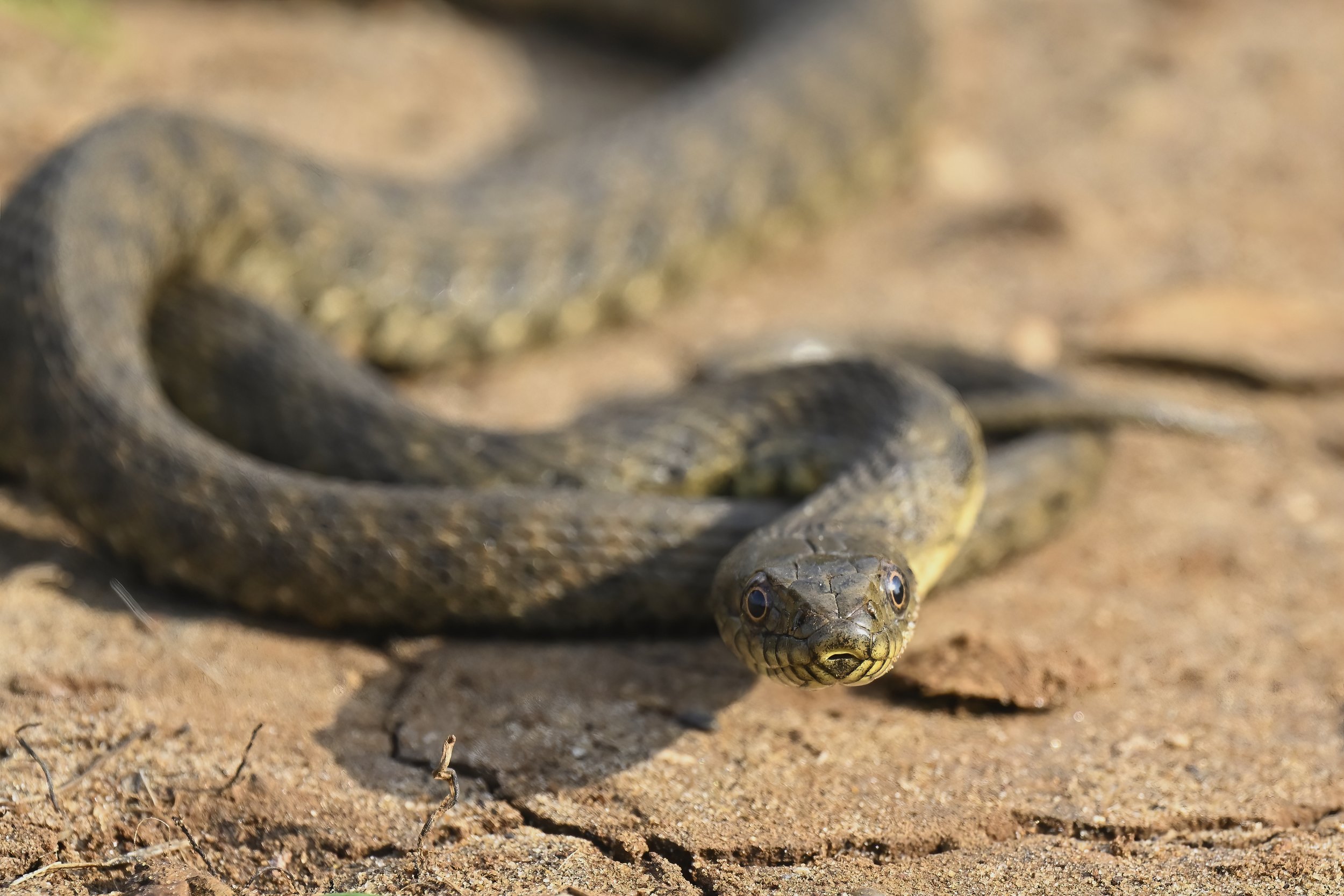

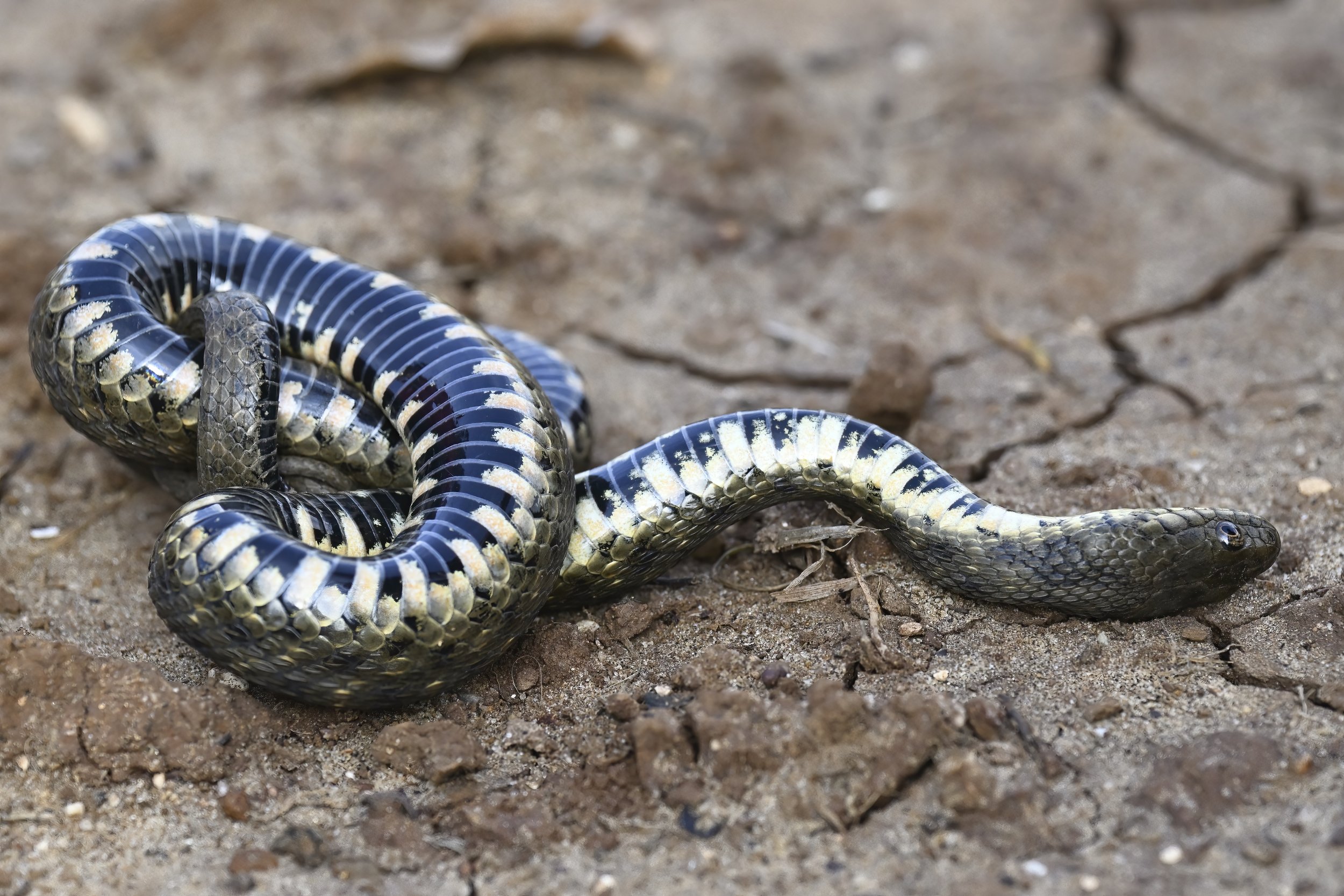



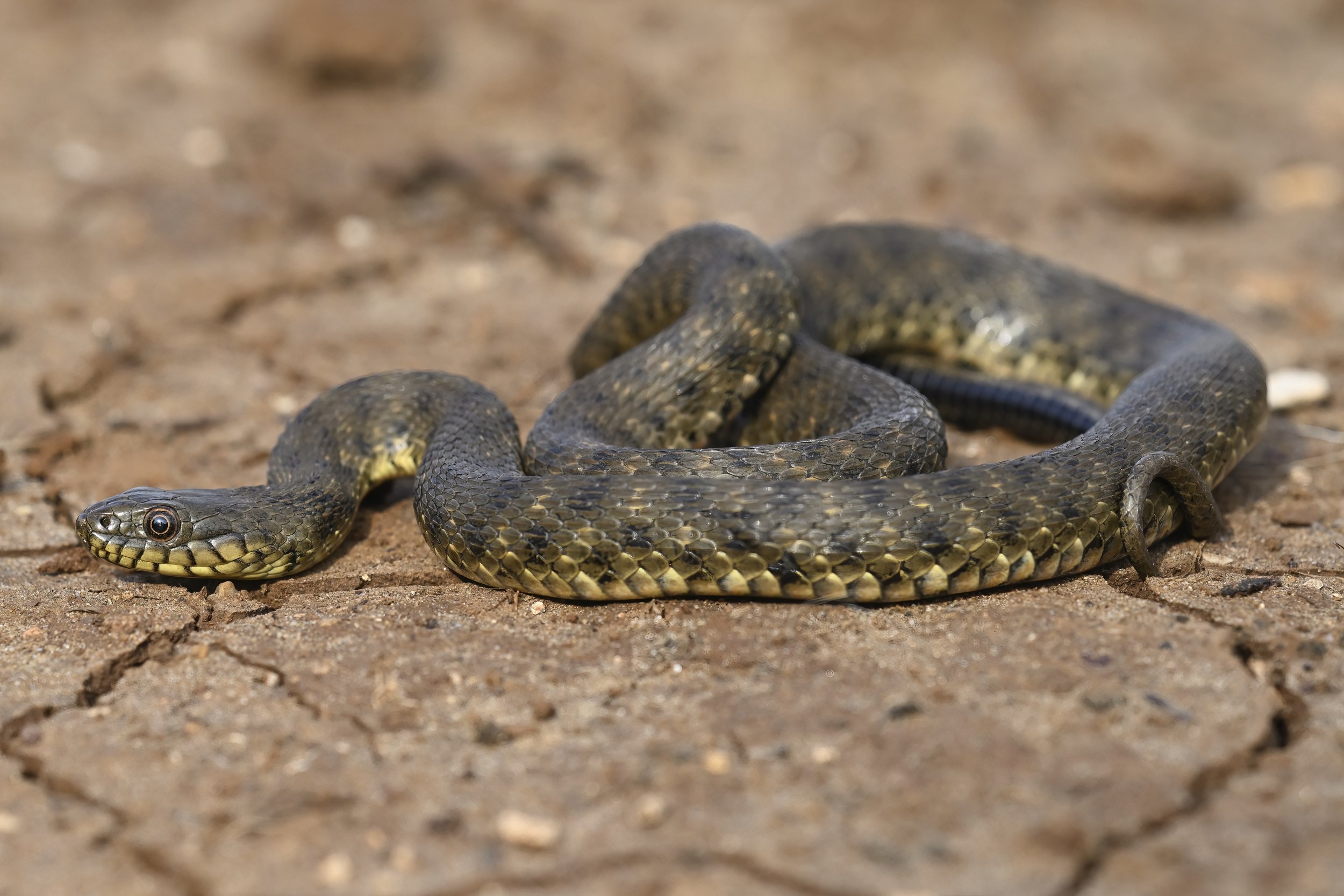
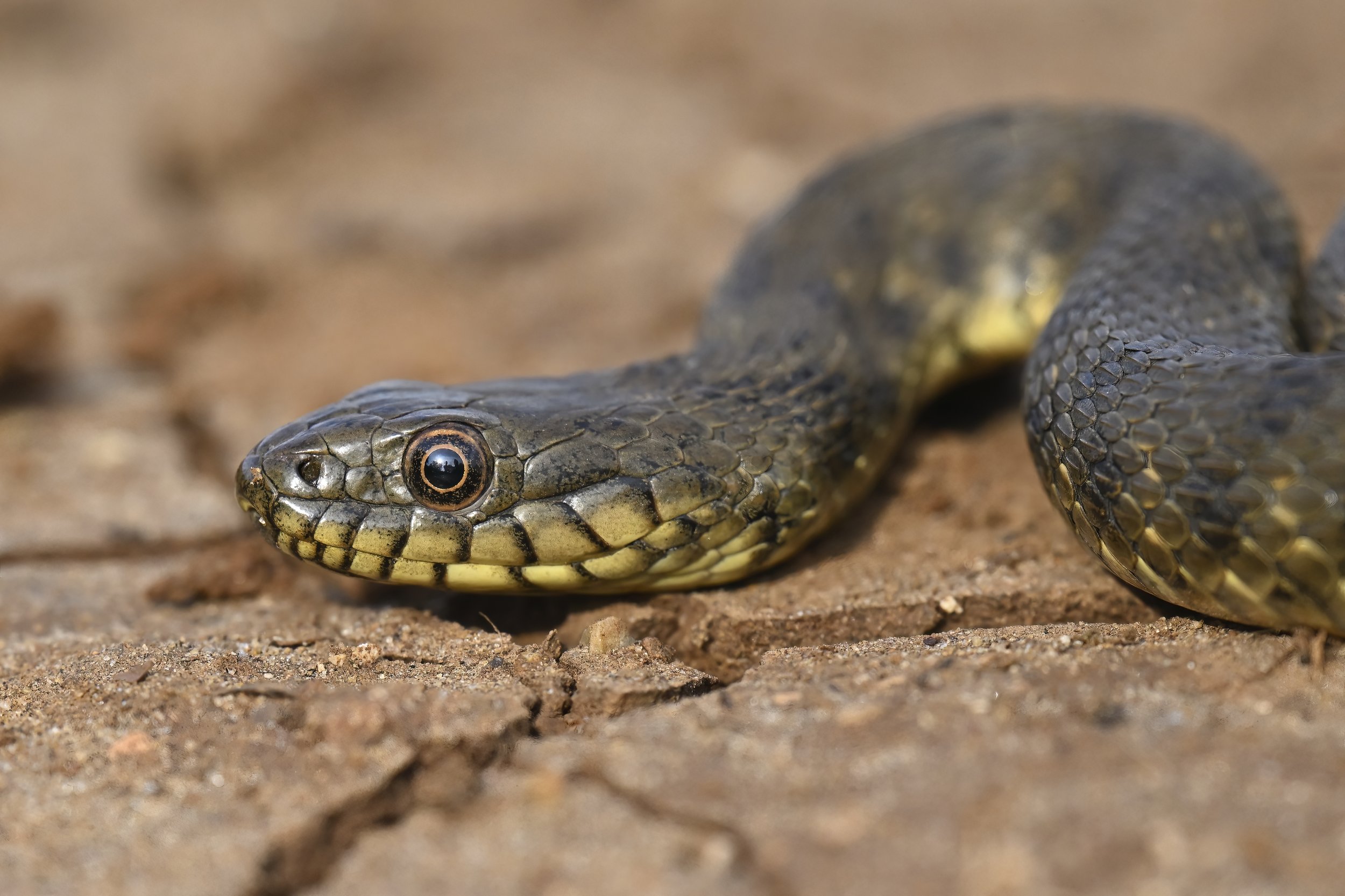
The Dice Snake (Natrix tessellata), also known as the European Dice Snake, is a captivating non-venomous serpent that graces the freshwater landscapes of Europe and parts of Asia. Characterized by its striking checkerboard or dice-like pattern on the dorsal side, these snakes typically measure between 50 to 100 centimeters in length, with females often being larger than males. Adapted to an aquatic lifestyle, Dice Snakes thrive in habitats such as lakes, ponds, and rivers, showcasing exceptional swimming skills. Their diet consists mainly of fish, amphibians, and aquatic invertebrates, and they are known for their calm disposition. During times of perceived threat, Dice Snakes may release a pungent liquid as a defense mechanism. Breeding in the spring, these oviparous reptiles lay their eggs in concealed locations, contributing to the rich biodiversity of their ecosystems. While not currently considered threatened, conservation efforts focus on preserving their aquatic habitats to ensure the continued well-being of these enchanting creatures.
Playing Dead (Thanatosis): The behavior of playing dead, also known as thanatosis, is a defensive strategy employed by some animals to deter predators. When a dice snake feels threatened, it may go limp, turn upside down, and remain motionless, mimicking the appearance of a dead snake. This behavior can confuse predators, making them lose interest, as many predators prefer live prey.
Emitting a Foul Smell: In addition to playing dead, dice snakes have the ability to release a pungent and unpleasant odor. This defensive mechanism is similar to the behavior exhibited by some other snake species. The foul smell is believed to be a deterrent, aiming to repel potential threats by making the snake unappealing to predators.

